Falling out of Love with Apple, Part 2
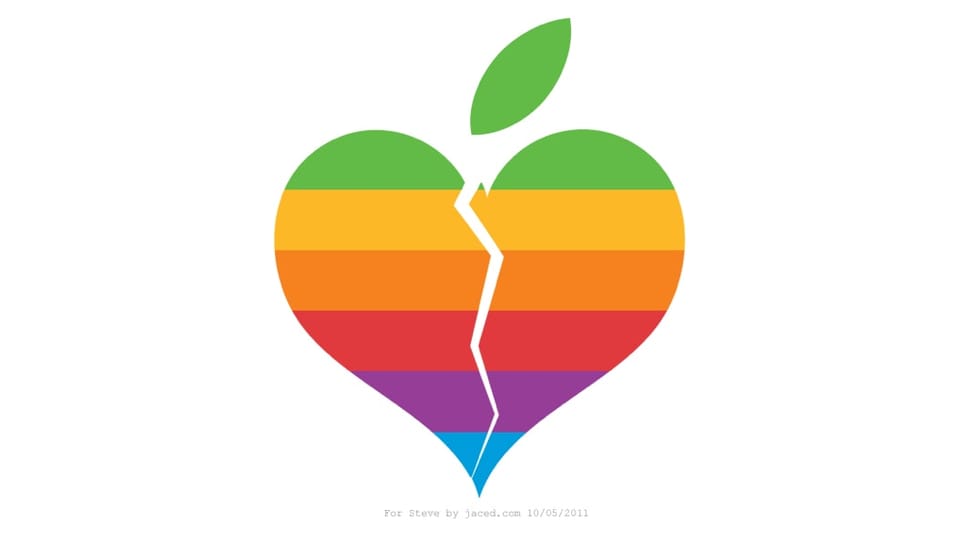
In this second post of a three-part series, we discuss how Apple's approach to hardware and accessories curtails innovation and human creativity.
I’m an Apple lover and, admittedly, a bit of an addict. My household has three iPhones, two iPads, three Macs (including a beautiful 2009 Mac Pro), and an Apple TV. I have owned scores of Apple devices and I worked in an Apple Store during the launch of iPhone 4. I collect the original Think Different posters from 1997, and my collection is almost complete.
Apple’s early mission under Steve Jobs was “to make a contribution to the world by making tools for the mind that advance humankind.” Steve Jobs called the computer a “bicycle for the mind.” Apple has always focused on empowering innovators to produce beautiful creations – whether new technology like hardware or software, or new art like movies and music. Apple’s products were, at their core, designed for “the crazy ones. The ones who see things differently.” For those who Think Different.
Today, Apple is changed. In Part 1 and Part 1.5 of this series, I discussed how Apple’s approach to software and services is strangling innovation and stifling human creativity. In today’s Part 2, we focus on a topic near and dear to my heart: hardware.
While the press is distracted by App Store drama, I think it’s important to take a deep dive into how Apple approaches hardware and third party accessories – and how Apple’s approach harms innovation and creativity.
Restricting Hardware Features
I believe that hardware is, at its core, a delivery mechanism for software. Developers write software to run on specific hardware, and hardware producers make components available to developers in order to integrate with their apps.
For example, the iPhone makes WiFi and cellular Internet, GPS, Bluetooth, an accelerometer, cameras, speakers and microphones, a capacitive touch screen, and so much more available to developers. In return, developers are able to access the iPhone’s hardware capabilities to build amazing apps. One such app is Pokémon GO, which takes advantage of the iPhone’s camera, accelerometer, and GPS to deliver an immersive experience.
Hardware makers are at their best when they offer developers access to the full capabilities of their devices, so that developers can build innovative apps.
Likewise, third party accessory producers – those that produce devices like keyboards, fitness trackers, and external battery packs – require full access to the hardware in order to design the best products. If an iPad did not provide access to Bluetooth, for example, it would be impossible for accessory producers to offer high quality wireless keyboards to iPad users. Apple could then monopolize the iPad keyboard market.
Unfortunately, Apple has slowly restricted more and more hardware features from developers and accessory producers. I now worry that Apple is using these restrictions to box out promising third party offerings, eliminate competition, and expand its suite of products to an ever-growing number of categories.
Wireless Headphones
Headphones are one of the largest and most important markets for accessory producers, especially now that Apple does not include headphones with purchase of a new iPhone. Over the last few years, wireless Bluetooth headphones – once mocked for poor audio quality and low battery life – have flipped the headphone market. Wireless headphones are now excellent and omnipresent.
Headphone producers do not need to ask Apple for permission to make headphones. Companies like Bose and Sennheiser can make excellent-quality headphones using the open Bluetooth standard, and they can sell those headphones directly to customers. While they may choose to create companion mobile apps in order to improve UX and offer additional features to users, producers can feel confident that their headphones will work across laptops, phones, and tablets from various manufacturers.
Apple, seeking to improve audio quality, pairing speed, and battery life, now produces its own proprietary H1 chips for AirPods and Beats headphones. At first, this seems like a win for consumers. But since Apple refuses to sell the chip or open the spec to headphone producers, Apple’s headphones are essentially guaranteed to be the best products on the market and generate the most revenue.
Bose, for example, makes fantastic Sport Earbuds that provide great audio quality, great design, and great fit (AirPods fall out of my ears). However, Bose earbuds cannot pair quickly and automatically with my Apple devices, cannot automatically switch between my Apple devices, and have less range than AirPods or Beats headphones.
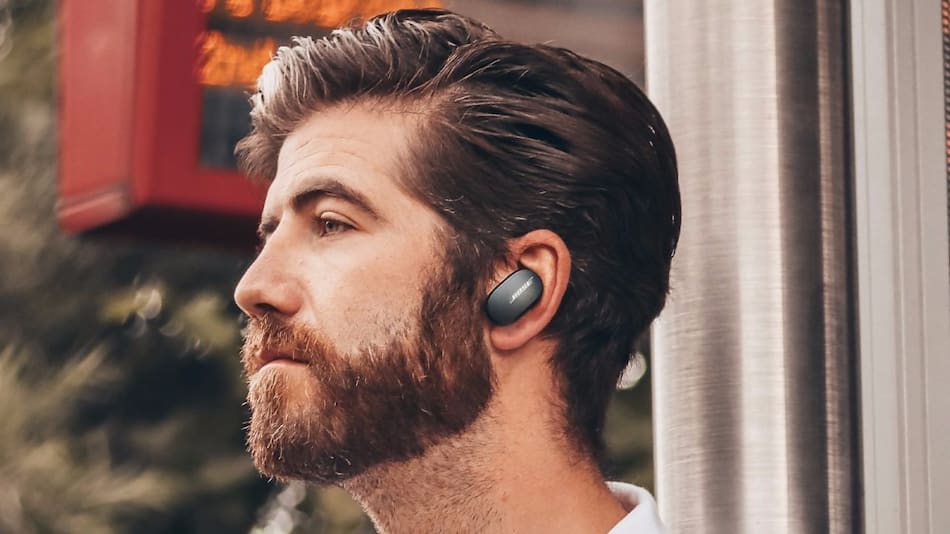
My daily workflow consists of switching between my iPhone, iPad, MacBook Air, and iMac over a dozen times per day. I therefore felt forced to ditch my Bose earbuds for Powerbeats Pro – not for the fit or audio quality, but instead for the auto-switching feature only available with the H1 chip.
Apple could have created a standard that other headphone producers could use to offer these features on iOS. Instead, Apple decided to build a moat around their headphone offerings and essentially make companies like Bose and Sennheiser second-class citizens.
To solidify this moat, Apple last month ceased selling third-party headphones in Apple stores. Apple first purchased Beats (a major headphone powerhouse), then degraded the capabilities of competitors like Bose, and then severed a major retail channel. This is how Apple now treats its ecosystem.
Android, by contrast, created an open spec called Fast Pair that headphone producers can use to automate pairing, display battery info, and locate lost earbuds. Google released extensive documentation and is working to onboard headphone producers like Harman Kardon. Apple could have gone this route, but instead is working to slowly squeeze out all serious headphone competitors.
NFC Payments
NFC is an amazing technology, allowing devices to communicate at close ranges. Apple Pay uses NFC to make easy, contactless credit card transactions on iOS devices.
Unfortunately, Apple places a massive restriction on app developers – NFC cannot be used for payments. This gives Apple Pay a de-facto monopoly on contactless iOS payments. Square and Venmo, for example, are not allowed to use NFC on iPhones or iPads. Square can make payment terminals for merchants, but it cannot add one-tap pay functionality to Cash App on iOS.
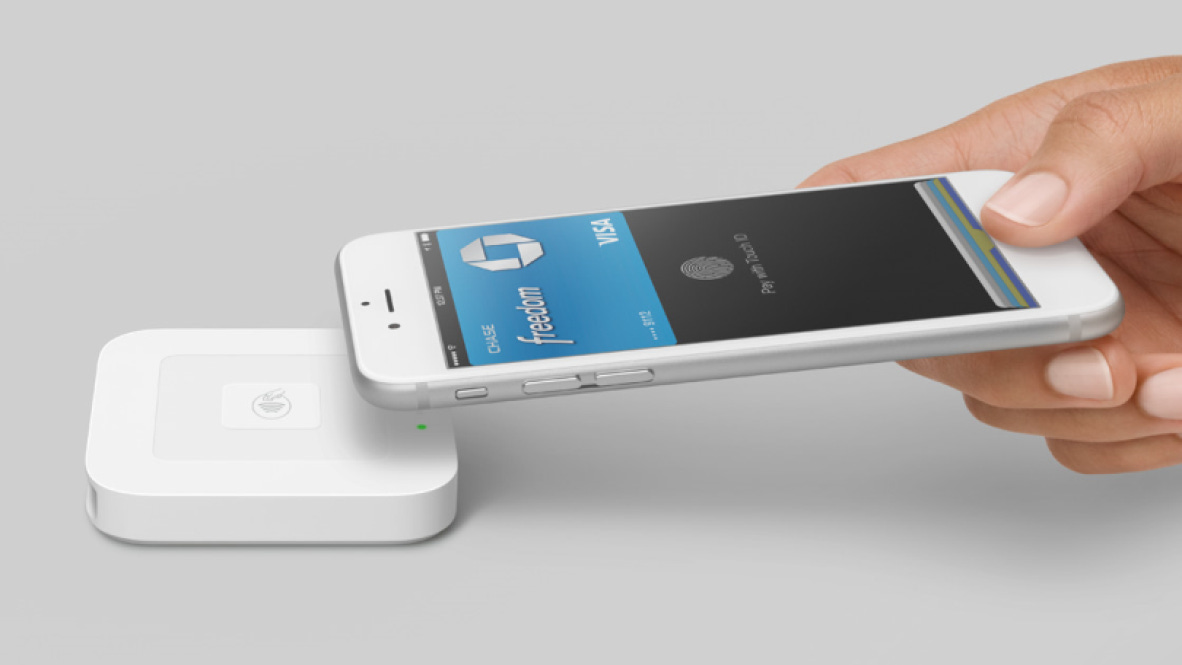
Apple’s current NFC payment monopoly does not yet extend to accepting payments. But earlier this year, Apple acquired a company called Mobeewave that allows users to accept credit card payments via NFC. If rolled out to iOS devices, iPhones and iPads would be able to accept NFC payments without an external terminal. Apple could launch its own service to compete with Square and others, or it could charge for this added functionality.
Apple’s restriction on NFC payments is the reason why you cannot tap your phone to a friend’s phone to send money on Venmo. It is the reason why when you walk into a store, an iPad is set up alongside an external NFC reader – even though iPads have contained NFC chips for 6 years!
This NFC restriction does not exist for tech reasons. It exists to ensure an Apply Pay monopoly on mobile payments.
Location Tracking
The much-loved Tile invented a new category of location-aware tags. Attach a Tile tag to your keys, wallet, or backpack to track the location of your most important objects, and be notified before you lose them or leave them behind.
Apple, now, is rumored to be rolling out a competitor called AirTags. And rather than competing on a level playing field, Apple is degrading Tile’s capabilities to ensure that AirTags are the better product.
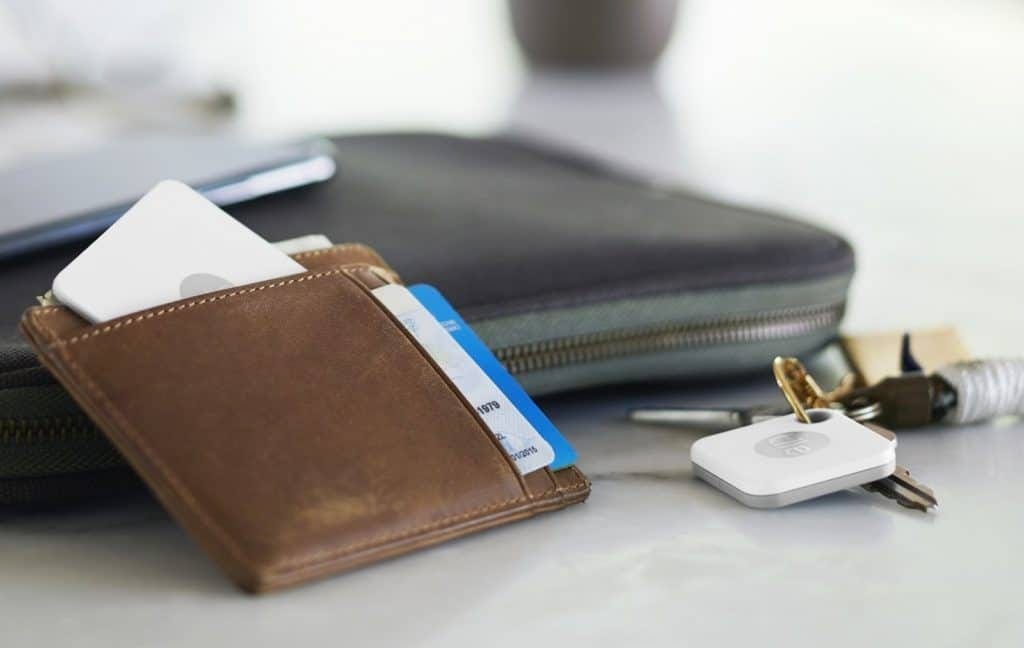
First, AirTags will include Apple’s proprietary ultra-wideband chip, the U1 (or possibly a newer version). This chip allows iOS devices to better track objects in space; AirTags will likely be much more accurate than Tile. Ultra-wideband is not a proprietary technology, but Apple is not offering any way for companies like Tile to take advantage of this technology on iOS.
Second, Apple pre-installs the Find My app with every iOS device, and has augmented its capabilities to be able to locate objects using tags like Tile. AirTags will work automatically through the Find My app, and will likely include a one-tap setup. Apple is allowing companies like Tile to interface with Find My, but stipulates that – if they choose to do so – they cannot offer their own competing service!
Therefore, if Tile chooses to use Find My app, it would have to shut down its service on Apple devices and kill cross-platform compatibility with Android. This is obviously a non-starter.
By handicapping an entire category of location-aware products, Apple is playing dirty while disincentivizing innovation in the location-aware space.
Watches and Fitness Trackers
Why haven’t we seen more innovation and competition in smart watches and fitness trackers? Apple Watch is a great product, but there are many other companies that could build great smart watches. Instead, Apple treats third-party watches and fitness trackers as second-class citizens on iOS.
Fitbit, for example, has more functionality on Android than on iOS. While Apple Watch allows you to easily reply to messages from the device, iOS only allows Fitbit to display notifications to users – Fitbit users cannot reply to messages without pulling out their iPhones. This alone is a dealbreaker for many users, and is a perfect example of how Apple cripples competing wearables by limiting what they can do on iOS.

It would have been more interesting, in my opinion, if Apple offered WatchOS to watchmakers in the same way they offer CarPlay to carmakers. If watchmakers could have built distinct, differentiated hardware – and bundled WatchOS – we could have seen an explosion in innovative designs. Instead, Apple users are forced to use the same watches and merely swap out the bands for personalization. So much wasted human potential.
AR and VR
AR and VR will likely go mainstream in this decade. Apple has made significant strides by offering ARKit to developers and adding LiDAR hardware to iPhones and iPads. But, Apple is also rumored to be working on an AR headset and AR glasses – and I worry that they will approach these products the same way they approach Apple Watch.

If Apple restricts iOS APIs to their own first-party AR hardware, and treats third-party AR devices as second-class citizens, Apple will be crippling a nascent industry before it can gain mass adoption. New technology necessitates competition and experimentation. Google Glass, for example, failed because it offered a bad experience that consumers didn’t want. What happens when a promising startup offers a greatexperience, but Apple does not allow this new product to integrate fully with iOS?
Apple should focus on empowering the developers and accessory producers in its ecosystem – not on handicapping them!
Proprietary Chips
Apple’s strategy over the last several years has been to use proprietary chips. This does not just include the A-series chips used in iPhones and iPads, or the new M1 chips for Macs. Apple designs numerous proprietary chips for its devices – including the H1 for headphones, W1 for ultra-wideband, M-series for motion tracking, and T2 for computer security.
More and more, these proprietary chips are woven into Apple’s operating systems. They allow Apple devices to achieve extraordinary performance and battery life. But they also lock users into Apple products and, by not selling these chips to accessory producers, ensure that Apple accessories work best with Apple products.
I mentioned the H1 and W1 above, referring to headphones and location-aware tags. But I think, over this decade, we’ll see even more improvements to Apple proprietary chips that squeeze out competitors. I predict that we’ll see new chips in Apple’s AR products that vastly outperform competing offerings – and I predict (obviously) that Apple will not make these chips available to third parties.
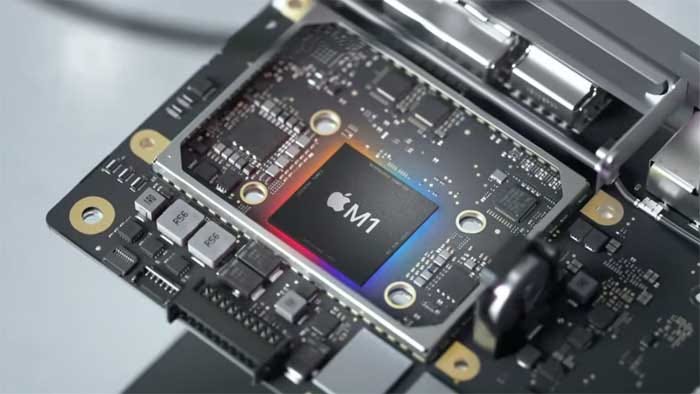
I wanted to write more about Apple’s M1 chip for Macs, but I think it’s too early to predict the future. Apple may have placed the final nail into the x86 coffin, and we will likely see a surge in more powerful ARM chips from companies like Qualcomm, aimed at laptops and desktops. My main concern lies with Apple computers being closed off to Windows and Linux, and the potential for macOS to become as restrictive as iOS.
How long will Apple be able to continue crippling competitors in favor of its own offerings without harming its brand? The cracks are beginning to show.
This decade will be interesting. Many people, like me, are using Apple products because they offer the best performance and user experience. We’re looking for an alternative; we are looking for freedom and openness. We’re looking for a way out as we fall out of love with Apple.
Next week, we will discuss Apple’s approach to content, and we’ll conclude this series! Thanks for reading.